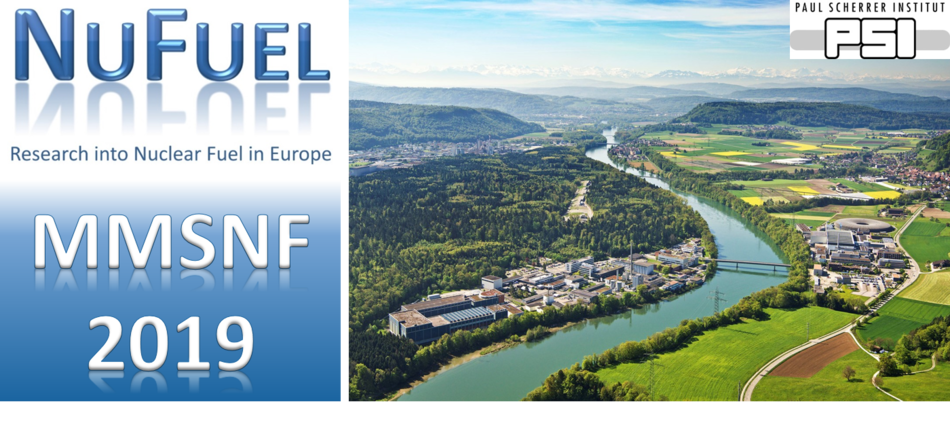Speaker
Description
ALCYONE 2.1 fuel performance code, co-developed by CEA, EDF and Framatome within the PLEIADES software environment, provides a multidimensional modeling for detailed analysis of PWR fuel elements behavior under irradiation [1]. ALCYONE is validated by comparing numerical results to post-irradiation examinations from a large experimental database. Iodine-Stress Corrosion Cracking is one of the physical phenomena of interest for cladding design and safety analysis in PWRs. Its understanding and its description require knowledge of the fuel thermo-chemical behavior and of the distribution of volatile species such as, iodine, cesium, tellurium and inert fission gas, in the pellet fragment. In order to be able to simulate Iodine-Stress Corrosion Cracking, a significant work has been done since the early 2010s to integrate an accurate thermochemical modelling of irradiated fuel in the PLEIADES platform [2]. Recently, the modelling has been upgraded with the integration of OpenCalphad thermo-chemical solver [3] in order to use the thermodynamics data coming from the TAF-ID, the international project aiming at making a quality-assured database for nuclear fuels. In 2018, first results were presented that show the capacity and robustness of the ALCYONE/OpenCalphad coupling to simulate efficiently complex in-reactor power ramps with the TAF-ID [4]. Since then, the code has also been upgraded to couple the thermochemical modelling with oxygen transport taking into account thermodiffusion [5]. The present study follows from these works. We focus our presentation on 3.5D ALCYONE simulation of a power ramp including OpenCalphad fuel thermochemistry with the TAF-ID. First, the chemical state of fission products calculated during the transient is analyzed and compared to the one obtained with thermodynamics data coming from the TBASE database but also to measurements. Then, a particular attention is paid to the oxygen-to-metal ratio and to the oxygen potential of the fuel calculated with the TAF-ID. The values of these thermodynamics data calculated for several thermodynamics conditions during the power ramp are discussed and assessed against data available in literature. Finally, as a first step towards an improvement of the modeling of oxygen transport in ALCYONE [5], we present calculations of the concentration in vacancies and oxygen interstitials in the different phases considered in the TAF-ID.
References
[1] V. Marelle, et al. “New developments in ALCYONE 2.0 fuel performance code”, Top Fuel, Boise ID (2016)
[2] B. Baurens, et al., J. Nucl. Mater. 452 (2014) 578-594
[3] B. Sundman, et al, Integ. Mater. Manuf. Innov. 4 (2015) 1
[4] C. Introïni, et al. “Integration of OpenCalphad thermo-chemical solver in PLEIADES/ALCYONE fuel performance code”, NuMat, Seattle (2018)
[5] P. Konarski, et al, J. Nucl. Mater. 519 (2019) 104-120
